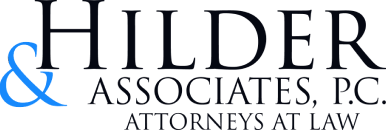If you are the owner of a retail shop, buying products is a large part of business success. You must also ensure the products you buy are high value, but without going over your purchasing budget.
Meeting these goals puts retail buyers in a precarious position when it comes to counterfeit goods. Consumer Reports offers a few ways that you can identify fake products, which will spare you legal recrimination in case a customer purchases a counterfeit product from you.
Keep price in mind
You generally know the price of certain items, especially when purchasing high-value designer goods. If a supplier claims to have designer items for a much cheaper price than they are normally offered, the products are likely not the real deal. While it is important to remain within your purchasing budget, you should not let price dictate every decision.
Ask to see the product before buying
Counterfeit goods often look a certain way. By seeing the product in person, you can determine its relative quality and construction. Keep in mind that products are often altered in photos to look more appealing, especially if the seller is attempting to hide something.
Research the supplier
It is important to research all suppliers you work with. Ask for references, look up the name of the business online, and watch out for any fraud claims or criminal records. If a supplier has a lack of information available or is unwilling to share references with you, take that as a major red flag and seek elsewhere for your products.
Vigilance is key when running a retail business. Taking the above steps ensures you protect yourself and your business from fraud allegations.


